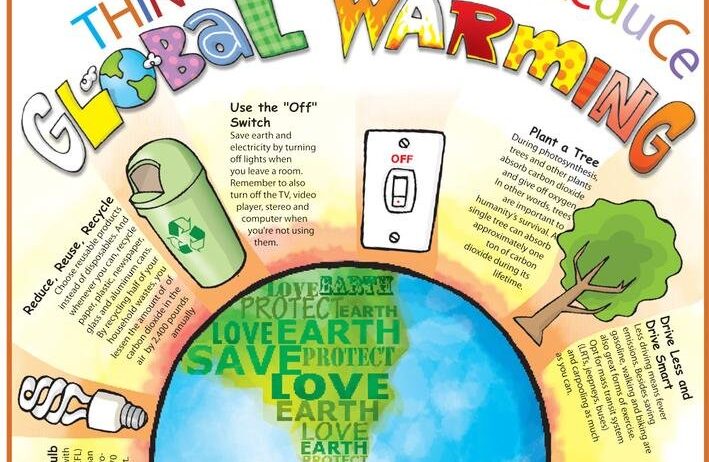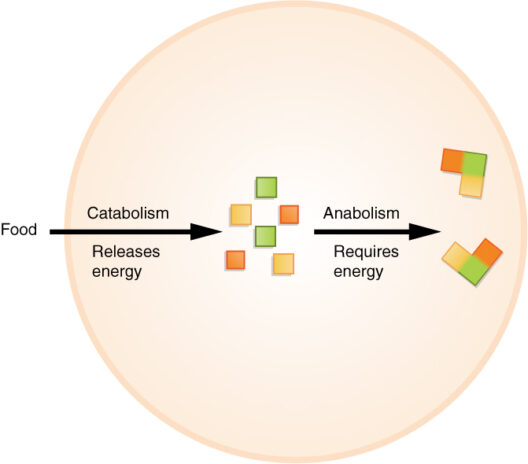Global warming represents one of the most pressing challenges facing humanity today. It manifests through rising temperatures, melting ice caps, and erratic weather patterns, all of which pose significant threats to our planet and its ecosystems. While the scale of the problem can seem overwhelming, individual actions at home can collectively lead to substantial impacts. This discourse will offer insights on how simple, yet effective changes in our daily lives can mitigate climate change.
To begin with, it is imperative to examine energy consumption, a fundamental contributor to greenhouse gas emissions. The majority of household energy is derived from fossil fuels, which release carbon dioxide when burned. Transitioning to energy-efficient appliances is a straightforward approach to curbing this issue. Investing in Energy Star-rated devices such as refrigerators, washing machines, and light bulbs not only reduces energy consumption but also translates into financial savings over time. Additionally, adopting LED lighting can drastically diminish energy usage while enhancing the longevity of your light fixtures.
Moreover, a conscientious evaluation of heating and cooling systems is essential. Upgrading to a programmable thermostat affords households the ability to manage temperatures with precision, ensuring that energy is not wasted when the home is unoccupied. Regular maintenance of HVAC systems can further optimize performance; a well-maintained system operates more efficiently, thus reducing its carbon footprint. In winter, lowering the thermostat by a few degrees and bundling up can substantially lessen heating demands.
In conjunction with energy efficiency, water conservation should not be overlooked. The heating of water is energy-intensive, and reducing water usage can lower energy consumption significantly. Simple measures such as fixing leaks, installing low-flow fixtures, and utilizing dishwasher and washing machine settings judiciously can lead to dramatic reductions in water and energy use. Furthermore, capturing rainwater for irrigation can also preserve precious resources.
In addition to managing energy and water usage, rethinking transportation methods is vital. The average car emits a significant amount of carbon dioxide. Encouraging alternatives such as walking, cycling, carpooling, or utilizing public transportation can significantly reduce one’s carbon footprint. Should driving be necessary, consolidating errands and maintaining the vehicle to maximize fuel efficiency can lead to appreciable decreases in emissions. Furthermore, considering electric or hybrid vehicles is a long-term investment that can drastically reduce dependence on fossil fuels.
One of the most profound impacts individuals can have on global warming is through dietary choices. The agricultural sector is a major contributor to greenhouse gas emissions, primarily due to livestock production and the use of fertilizers. Adopting a more plant-based diet, even moderately, can lessen demand for meat and dairy products. Simple shifts, such as incorporating more fruits, vegetables, whole grains, and legumes, not only benefit personal health but also alleviate pressure on the environment. Supporting local farmers through community-supported agriculture (CSA) can also lower emissions associated with long-distance food transport.
Composting is another effective practice that not only reduces landfill waste but also enriches the soil. Approximately 30% of what we throw away can be composted, which prevents methane emissions from decomposing organic matter in landfills. By cultivating a compost pile in your backyard or utilizing indoor composting solutions, you can contribute to a circular economy and improve local soil health. Moreover, it fosters a deeper connection to food sustainability and waste management practices.
Waste reduction extends beyond composting; it encompasses the conscientious management of products we consume. Adopting the principles of the three Rs—reduce, reuse, and recycle—can significantly minimize our ecological footprint. Reducing packaging waste by opting for products with minimal or no packaging is a critical step. Reusing items instead of discarding them also promotes sustainability. Engaging in local recycling programs ensures that materials are processed appropriately, lessening the demand for new resource extraction and minimizing landfill use.
Furthermore, fostering a sustainable mindset among family members can significantly amplify efforts in combating global warming. Education is vital; sharing articles, documentaries, or books about climate change can inspire collective action within the household. Encourage children to appreciate nature through outdoor activities and to cultivate an understanding of the environment. Establish family challenges that emphasize sustainable practices, making the endeavor both educational and enjoyable.
Finally, involvement in community initiatives can broaden the impact of individual efforts. Joining environmental organizations, participating in tree planting drives, or supporting local policies that favor sustainability promotes a collective response to climate change. Engaging with others not only amplifies one’s impact but also builds a community aligned in the pursuit of a healthier planet.
In conclusion, the nuances of global warming can be daunting, but taking decisive, tangible actions at home can lead to meaningful changes. Through energy efficiency, water conservation, alternative transportation, conscious dietary choices, waste reduction, education, and community involvement, every individual has an important role to play. Ultimately, while the challenge is formidable, the power to effect change lies within each household, offering a path toward a sustainable future for generations to come.








